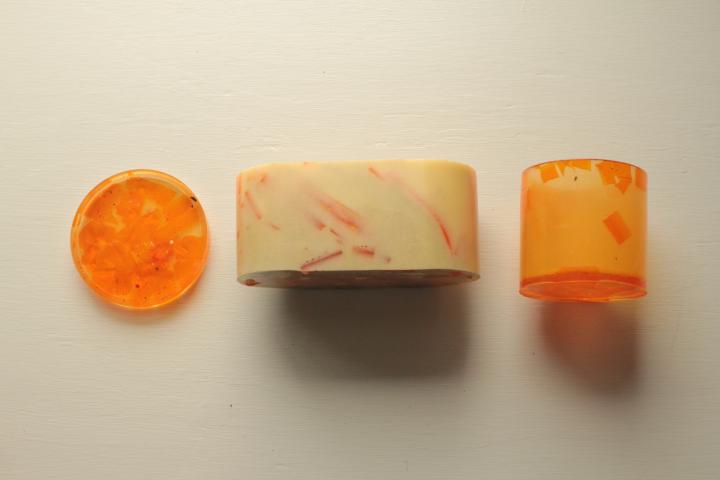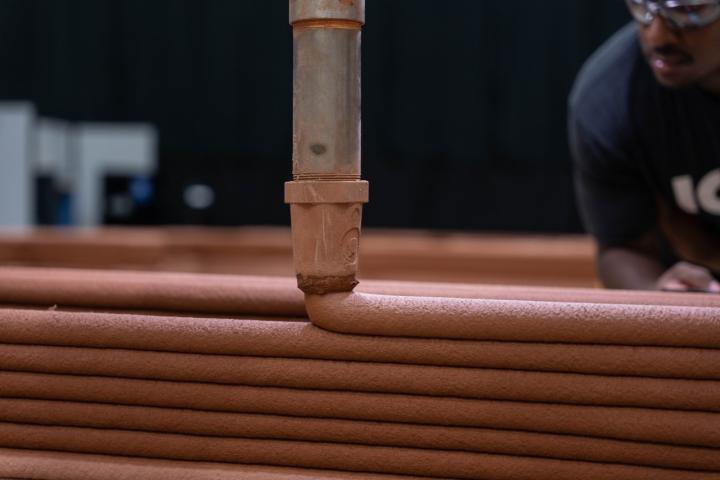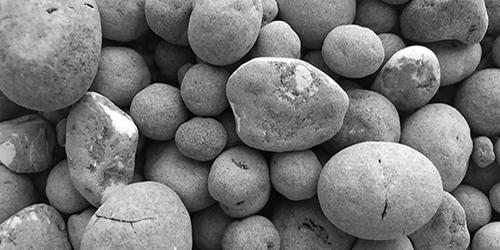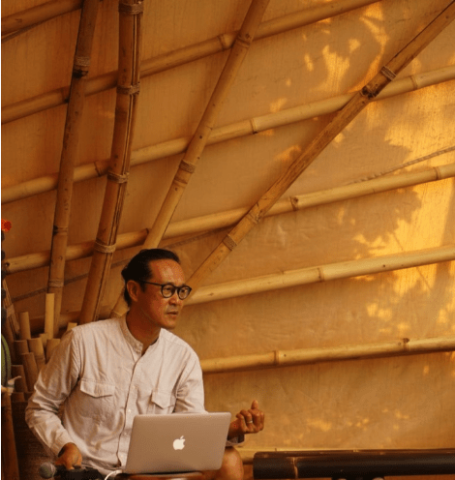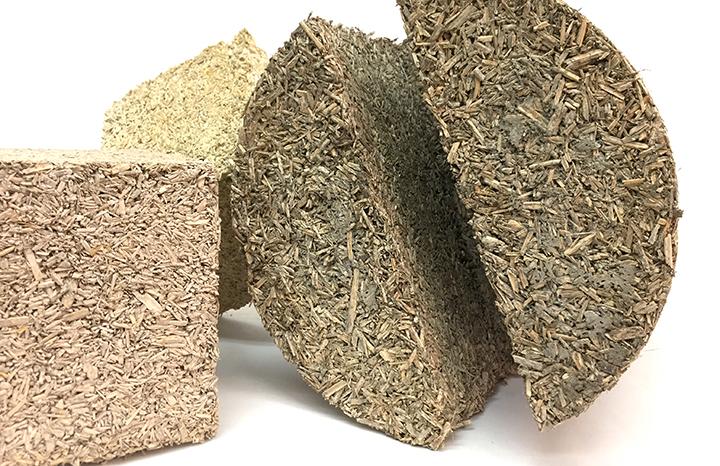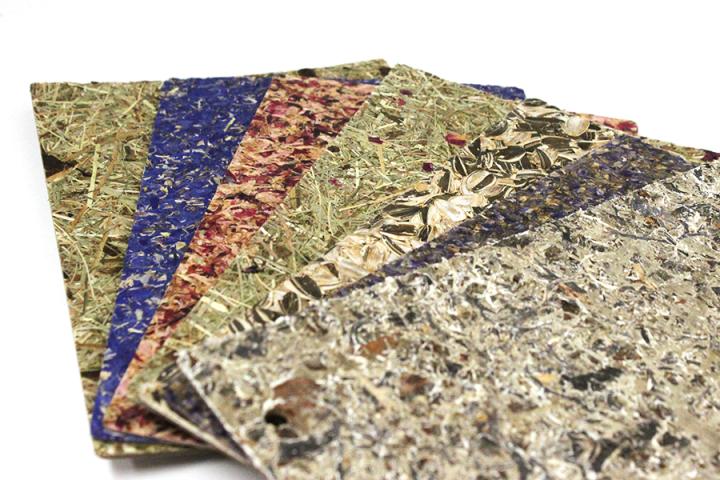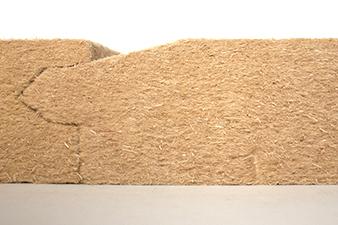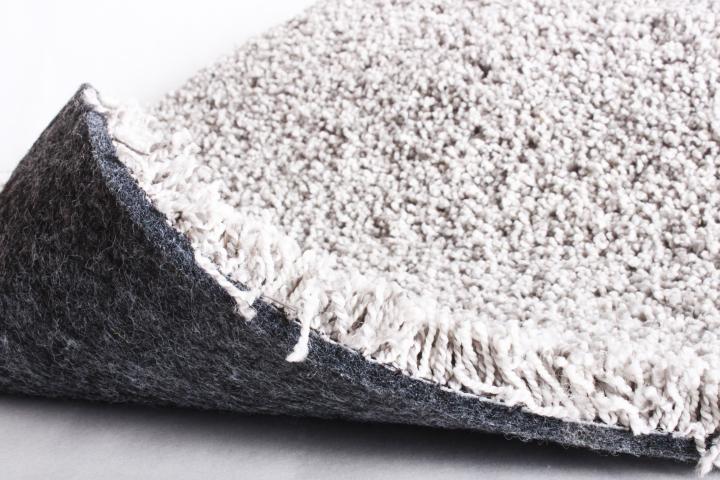MATERIALS LAB EVENTS
LATEST NEWS
The Materials Lab is a resource dedicated to in-depth material investigation in design. Our circulating, ever-expanding library of material product samples and assemblies was founded in 2001. By supporting advanced and interdisciplinary material research, development, and fabrication, the Materials Lab provides the knowledge, skills, and resources necessary to design and construct a better built environment.
In addition to our material library, the Materials Lab houses a rotating exhibition space, an extensive collection of circulating books, a “free samples” section of surplus materials, and individual and group workspaces. The Materials Lab also organizes a diverse range of programming including hands-on workshops, lectures, and other events.
STAFF
LOOKING FOR MATERIALS?
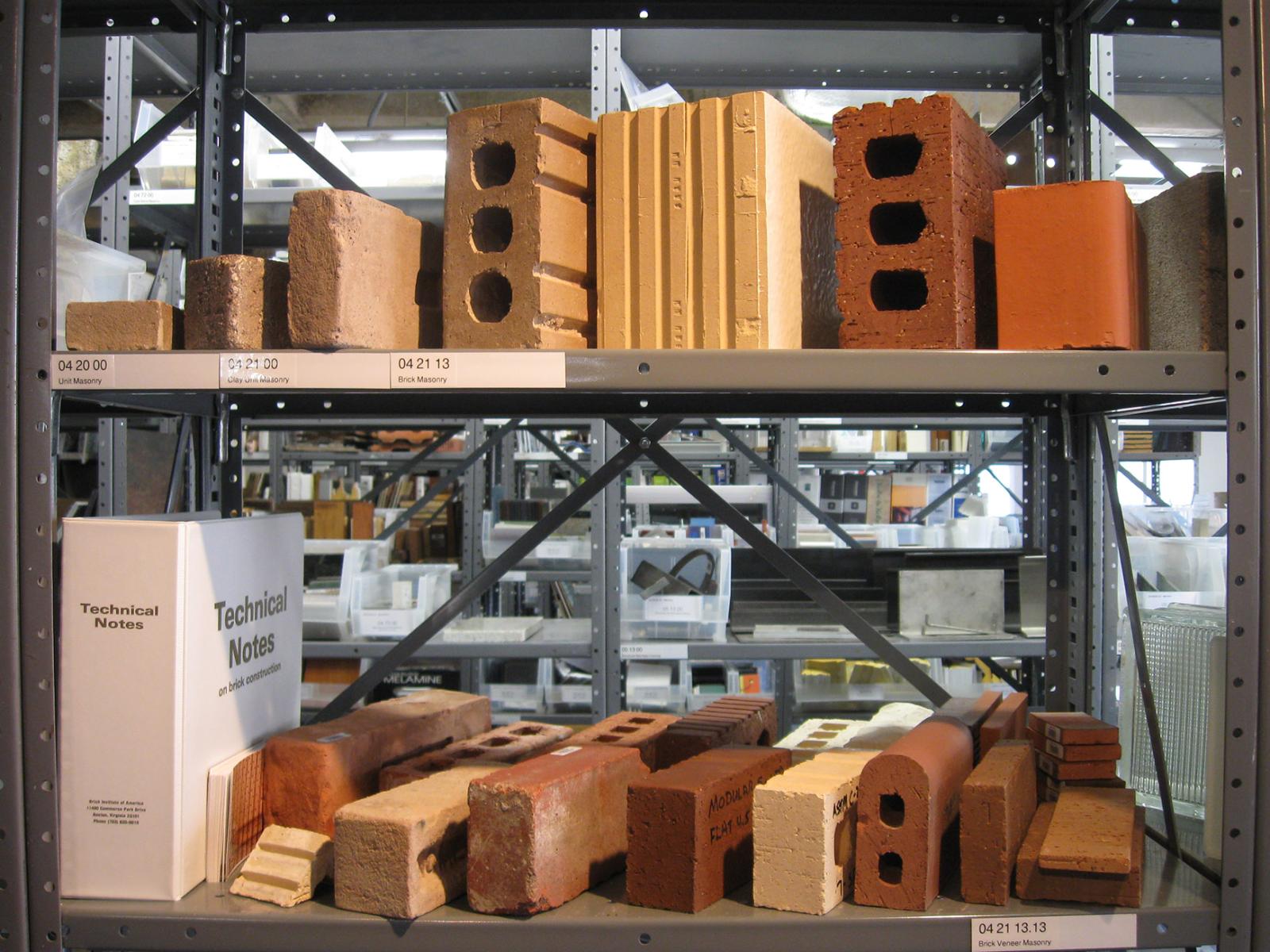
Browse the online database or visit our collection of 29,000+ samples in person. Material samples can be loaned for hands-on inspiration and presentations. Students, faculty, and staff are welcome to check out material samples with a UT EID.
TOUR THE MATERIALS LAB
Location + Contact
West Mall Office Building (WMB) 3.102
The University of Texas at Austin
(512) 232-5969
materialslab@austin.utexas.edu
OPERATING HOURS
Monday – Friday, 9:00 AM – 5:00 PM
Fall and Spring semesters
EVENT HIGHLIGHTS
Click the images below for more information.
COLLECTION HIGHLIGHTS
The material library is ever-growing and our material researchers are always on the lookout for new materials. If you come across a product that you think we should add, email us!



